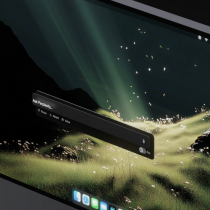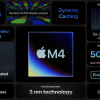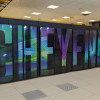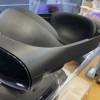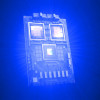The ins and outs of planning and building your own home NAS
Recently I began outgrowing my home file server. It's an older Mac Mini with 1TB of storage space, and though it has worked well enough for several years (and through more than one OS X Server review), it's not a great choice for someone who primarily uses it as a file server. It’s not as expandable as I'd like it to be, its Fusion Drive setup offers no redundancy, and as a general-purpose computer it is rendered unnecessary by the 27-inch 2012 iMac on my desk that's still happily humming away.
My first attempt to solve the problem was with a home NAS (or Network Attached Storage) unit, a basic model with just a couple of drive bays and the ability to run a handful of media and VPN server apps if necessary. I eventually settled on a Western Digital MyCloud EX2, a basic two-drive consumer NAS that I thought would satisfy my requirements. This model gave me 2TB of mirrored storage for just under $300. I actually really liked the box itself and WD’s browser-based management software, but the wimpy ARM processor was slowing down everything from file transfers to thumbnail loading, and that didn't fill me with confidence about its future-proofness.







































